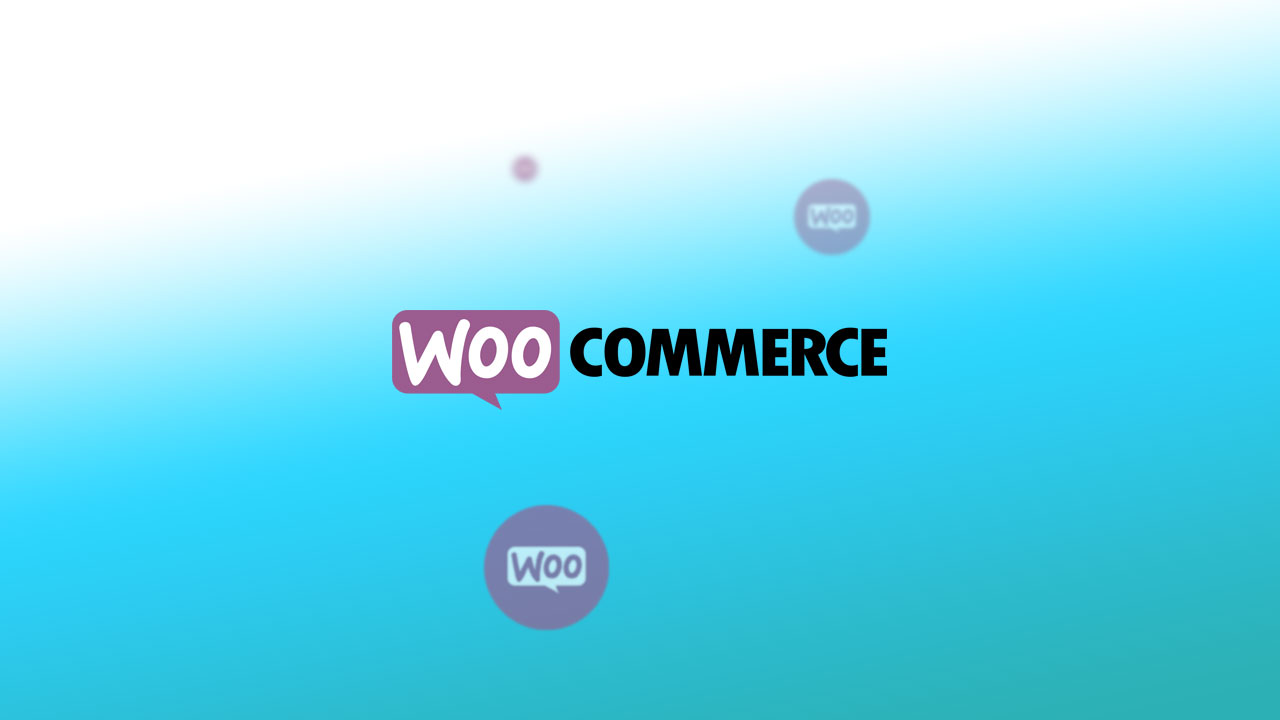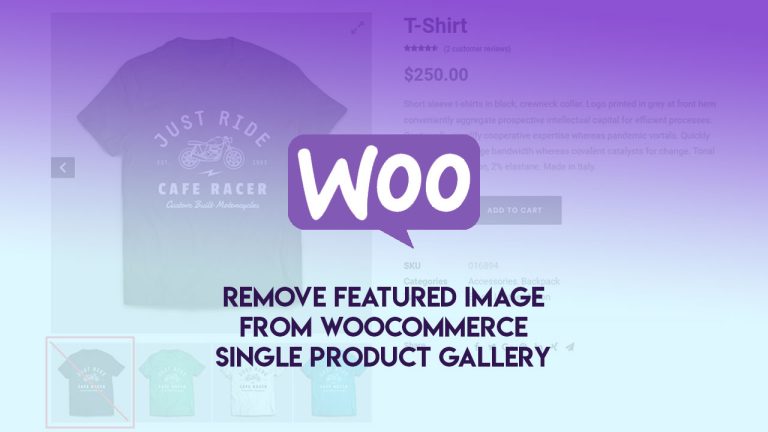Blogging has been a part of our daily reads and business processes for a few decades now, and the available technology is just getting better each year. WooCommerce is a WordPress-based web design and blogging platform that allows for a content-first design that engages readers.
As one of the top-rated business blogging platforms on the market, WooCommerce allows your business to benefit from blogging and an on-site shop for customers. There are a few must-follow steps to launching your WooCommerce blog to ensure success over the long run.
Content-First Design
When you build a website, the visual aesthetics are your end-game. Your user experience is incredibly important, and you will need to ensure that the site is visually appealing to keep your readers engaged. However, you will need to look at the skeletal structure of the website to carry the workload you intend to build onto the site.
Creating a framework to build your design involves outlining your site’s navigation menu and documenting a general idea of the kind of content you want to provide for your customers while focusing on the business objectives. Once you’ve got your skeleton, you’re ready to start fleshing out your blog with content that will inform and entertain your readers.
Relevance
Writers are often told they need to pick a niche and stick to it. This advice is accurate for businesses that provide blog information to their clients. You should be confident that the content you provide in your blog is relevant and up to date.
Value
Your content needs to provide value. You can write about the same topics as competitor blogs, but you need to offer something of value that differentiates you from the rest of the crowd. Depending on your industry, you can offer freebies, like printables or an ebook on your subject, or you may just have experiential advice to provide the reader that other blogs lack.
Business Objective Focused Content-First Design
Creating content that aligns with your business objectives and keeps readers on the path to closing the interaction with the action you’re hoping to achieve is the key to your success in this endeavor.
Additionally, when you create a site that focuses on the content-first design, you’ll save time and money. Basic templates and predesigned frameworks won’t always serve your business needs. Using WooCommerce and WordPress to launch your site will bring you the versatility and customization to best showcase your content.
Adaptive Content-First Design
Designing your website with a content-first design also allows you to preemptively adapt your blog and your commerce platform for your business growth. WooCommerce makes this easy because it’s intuitively adaptable.
Once you’ve got your back-office set up with efficient systems to build your content into your design, you’ll be able to focus on the SEO and UX features that will bring your customers to your site. Businesses that can adjust to new market influences quickly will see higher success rates when shifting to follow customers’ needs.
Pique Your Readers Interest
Every writing lesson through school had the same structure: Hook, Line, Sinker. Blogging isn’t much different. Learning a bit about SEO will help get your blog posts in front of the right readers. From there, you will need to build your posts to keep your reader engaged with the content.
The Hook – Title or Headline
You need to capture your reader’s attention and get them to click on your blog link within the post’s first 20-30 words. Remember when you’re creating a title for your blog post, it is the only portion of the post shown in large font on Google or Bing.
The first 150 characters of the blog post or the meta description are the two lines of small text below the headline. You need to hook your reader’s attention in that first snippet of your blog or risk them scrolling by.
The Line – Intro Paragraph
Approximately 83% of all media content is consumed on mobile devices. That means that if you can’t engage your reader’s interest in the first few introductory paragraphs, they’ve already scrolled or clicked on a different link.
Using humor or shock value to capture a reader’s interest is a good tactic but not always the best for your content. You should gauge your audience and decide how to best hook their curiosity from that. Your intro paragraph is also the best place for your first keyword in your body. SEO best practices dictate that your primary keyword should be in the title and the first 50 words of your blog post.
The Sinker – Body Content
When the body of your blog aligns with the business objectives, you’ll keep your readers engaged and follow the flow from reader to customer. When you work closely with your website designers and content writers, the cohesive design is natural. Too often, the design and the content don’t match up as seamlessly as they should, and it can create friction for your readers.
The body of your website blog posts and articles will be the opportunity to share your content with the broadest audience. This is the chance to let your SEO skills shine. To get your content in front of the most significant number of readers and shine a light on your products or services, you’ll need to write about what your readers are looking to read about. Following SEO best practices will help Google and Bing find your content and push it to the front of the pack.
The Net – Landing Your Reader
Following up your blog content body with a call to action helps your company reach these readers time and time again. Whether your objective with the blog is to capture subscribers or push sales, your call to action will tell them precisely what they need to do.
Make the process of engaging with the content straightforward. Your call to action should be accompanied by a link, form, or activity that will further encourage them to interact with the business. Your web design team must ensure the site’s framework supports the content engagement.
Images Are Gold
Creating content is only half of the challenge of building and running a successful WooCommerce website. The phrase “an image is worth a thousand words” is never as accurate as digital marketing and content creation.
Creating visually appealing graphics for your blogs will help readers stay engaged and enable Google, and other search engines to recognize the page for the information it holds. You can find great royalty-free images to use on Unsplash, Pexels, and Canva.
Also, you can utilize online tools for photo editing like Colorcinch. This handy tool will help you quickly create any kind of photo illustration and more.
When you find the right image for your blog or listing, take the time to work on the Alt text before publishing. The alt text does a lot to boost your SEO, and it makes your site more ADA compliant. Describing the image in words that Google can find in its crawl will help users with visual aid technology to understand what they are reading or “seeing” on the site. ADA compliance on your website is often overlooked but can help keep your webpage ranked well.
Research-Based Content
Studies abound that show how people engage with websites, applications, and other content platforms. When you use the information gleaned from these studies, you can put the hard work of professionals into action. Keeping your website up-to-date with relevant content and UX best practices will keep your business at the top of your mind for your customers.
Further, your content should be well-researched and help build your authority with accuracy and fact-checked data. If you’re publishing inaccurate or false information to boost your website engagement, you’ll find the attention you get isn’t the best for your business objectives.
Networking Opportunity
Your WooCommerce blog does more than just showcase your products. When done well, the content can build your resource library to help you promote your business on several platforms and create a stable and robust base to reach out to other sales funnels. Building out your blog and site in an interlinking manner gives a lot more stability and reach than depending on just one outlet.
Build Authority
A blog on your WooCommerce site will help you demonstrate to your audience that you are an authority on the subject matter being discussed. This platform allows you and your employees to explain the product, explore the industry, and showcase how their product or service can help them solve a problem.
Further, the more relevant content you build into your blog, the higher your website’s domain authority will climb. Google gives higher value to sites with better domain authority ratings than those without. You can check your domain authority and compare it to competitors with Google Chrome Extensions, such as Moz.
Backlinking for Authority
Yet another way to build your authority, both in the domain and expertise aspect, is to work on your backlink network. You’ll want to create as many links between your pages and between other sites and your blog as possible. If other blogs link to your site, Google and Bing assume you have a higher level of expertise in that field.
The more intricate and in-depth net of backlinks you’re able to build, the stronger your domain authority will grow. Reach out to others in the industry or parallel industries to write guest posts, find other companies to coordinate, or ask influencers to write reviews and post a link back to your site from their network.
Social Content
Building a blog into your sales site provides you with a resource to draw social media content ideas from. As you get a collection of blogs, articles, and partnerships with influencers, you’ll be able to draw inspiration from your articles, your product lines, your services, and your associations to create engaging social media content.
Customer Following
Through building your website, increasing your recognized authority, and networking with influencers and social media contacts, you’ll be able to improve and secure your customer following. As you gather faithful customers, they’ll share their positive experiences with their networks and further cultivate your customer following.
This tactic is a long-term build-up, but it proves time and time again to be one of the most valuable assets of a business. Your customer following is your cash cow, and if you have no customers, you have no revenue. Treat your customers well by providing valuable and engaging information regularly through your blog.
Newsletter Engagement
Your website blog can help encourage customers to sign up for your newsletter. Sending a regular letter every few weeks can keep you at the top of their minds and remind them why they love your offerings. You are not entitled to the followers on your social media accounts. Your account could be blocked or deleted for any reason, and you will have lost access to all of those connections.
Suppose you’ve put in the time and effort to build a comprehensive newsletter subscription list. In that case, you’ll be able to access those customers in their inboxes no matter what is happening on social media networks. It’s important to remind your customers that you will respect their privacy and not sell their information to prevent their worries about spam and other cyber security issues.
Before writing your weekly newsletter, ensure the information shared will be valuable and gently push the customer toward engagement or purchase. Search engines will register the click-throughs from your newsletters and calculate that activity into your domain authority.
Virtual Storefront
Above all else, WooCommerce is a virtual storefront to sell your products or services. When you’re sending potential customers from social media, other blogs, and word-of-mouth to your website, giving them a helpful and easy-to-use landing page will help them move from potential customers to loyal customers.
Use the storefront to highlight the products or services you need to sell, and use the blog to detail how the offerings solve problems or bring joy. The blog is also a great space to highlight new product lines, new market trends, and new projects you and your team are engaging in.
Conclusion
Building your WooCommerce site and blog is about more than just the sales it garners. Many moving parts go into your business website and the network it takes to see success.
When you start with your content in mind rather than the visual aesthetics, you’re going to see a more effortless and faster rate of success.
If you choose to hire a designer for your WooCommerce blog, make sure they understand your content-focused design wishes.






